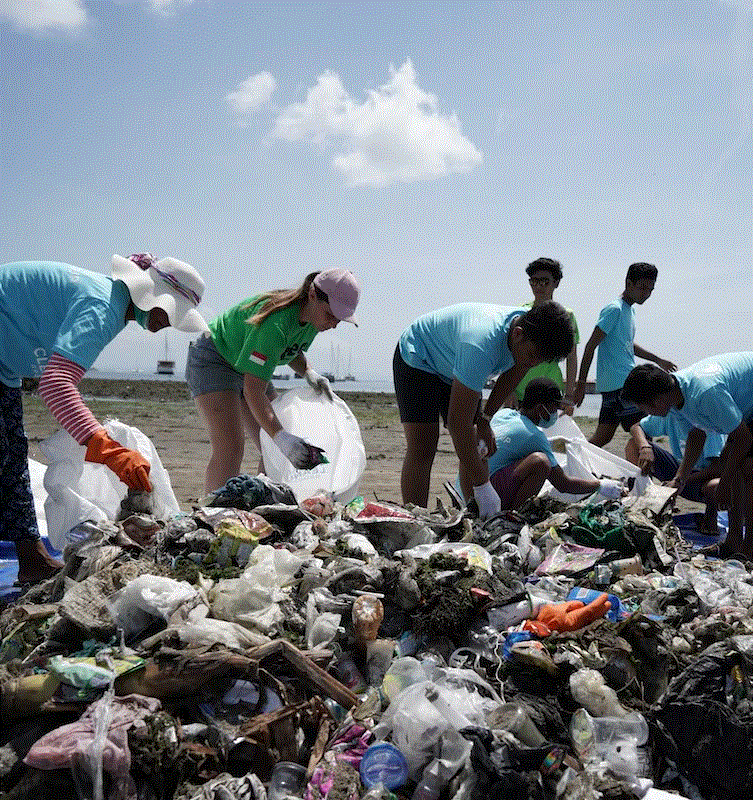Renewable Sources of Energy
Our prices are affordable with no hidden fee.
No hassle, no guesswork, simple easy contracts.
Become one of our satisfied customers.
We always deliver and pick up on time.
All sources of energy that we consume are derived from nature. However, renewable sources of energy still remain much unexploited as of now. These valuable sources of energy are one of nature’s best kept secrets.
Non-renewable sources of energy like coal and petroleum take centuries to form, but are depleted at a much faster rate. Let alone the costs and risks involved in mining them. A safer and cleaner option is renewable sources of energy, which are available in abundance in nature.
What are Renewable Sources of Energy?
Sunlight, wind or even water are available in large quantity in nature. They are also not going to exhaust anytime soon. Energy derived from such sources can be produced again and again without the fear of exhausting them up. Hence the term “renewable sources of energy” is commonly used for such sources.

Types of Renewable Energy
- Solar
We have about 30% of the sunlight received from the Sun to derive our energies from. Solar power is used to heat and cook food, while solar panels can light up homes. Solar power can also be used to gear up cars.
- Wind
The best exhibits of utilizing wind energy are wind mills. Wind mills are now constructed at high altitudes and the kinetic energy generated is used to convert to electricity.
- Water
Water is the source for the widely used hydroelectric power. Dams across rivers are constructed to redeploy their force and energy to give mechanical energy to turbines. Turbines then convert the mechanical energy into electrical energy. This is one of the best options to light up remote sites where traditional electricity cannot reach. Hydropower is also one of the cleanest sources of energy.
- Geothermal Energy
This energy is trapped underneath the surface of the earth, and can be used to generate electricity.
- Biomass
Biofuels are the best examples of energy generated from biomass. It is derived from plant and animal wastes, and industrial garbage. Only recently has it been possible to convert biogas into CNG.
The other two sources that can be tapped for energy are the oceans and hydrogen. Oceans can generate three kinds of energies – wave, tidal and ocean thermal energy or OTEC. Hydrogen is used to fuel ships and rockets, and is environment friendly as well.
Advantages of Renewable Sources of Energy
They are Easy to Access
Coal and petroleum are not only buried deep inside the earth and ocean beds, it is difficult to discover new reserves as well. On the other hand, renewable sources of energies, like the wind, water and sunlight, are easily available and omnipresent.
They are Stable and Safe
Tapping renewable sources of energy is completely safe as compared to mining and drilling of fossil fuels.
They are Abundant
They are available in quantity in the environment and are not going to cease in the next 100 years.
They are Environment-friendly
Most of the renewable sources of energy do not produce toxic by-products like coal and petroleum. Their tapping and energy generation are far eco-friendly than non-renewable sources of energy.
There is huge potential lying with the nature in form of abundant renewable sources of energy. It is because of infrastructure limitations that we have not yet been able to use them to optimum. Once we do, we are going to benefit immensely from these sources of energy.






